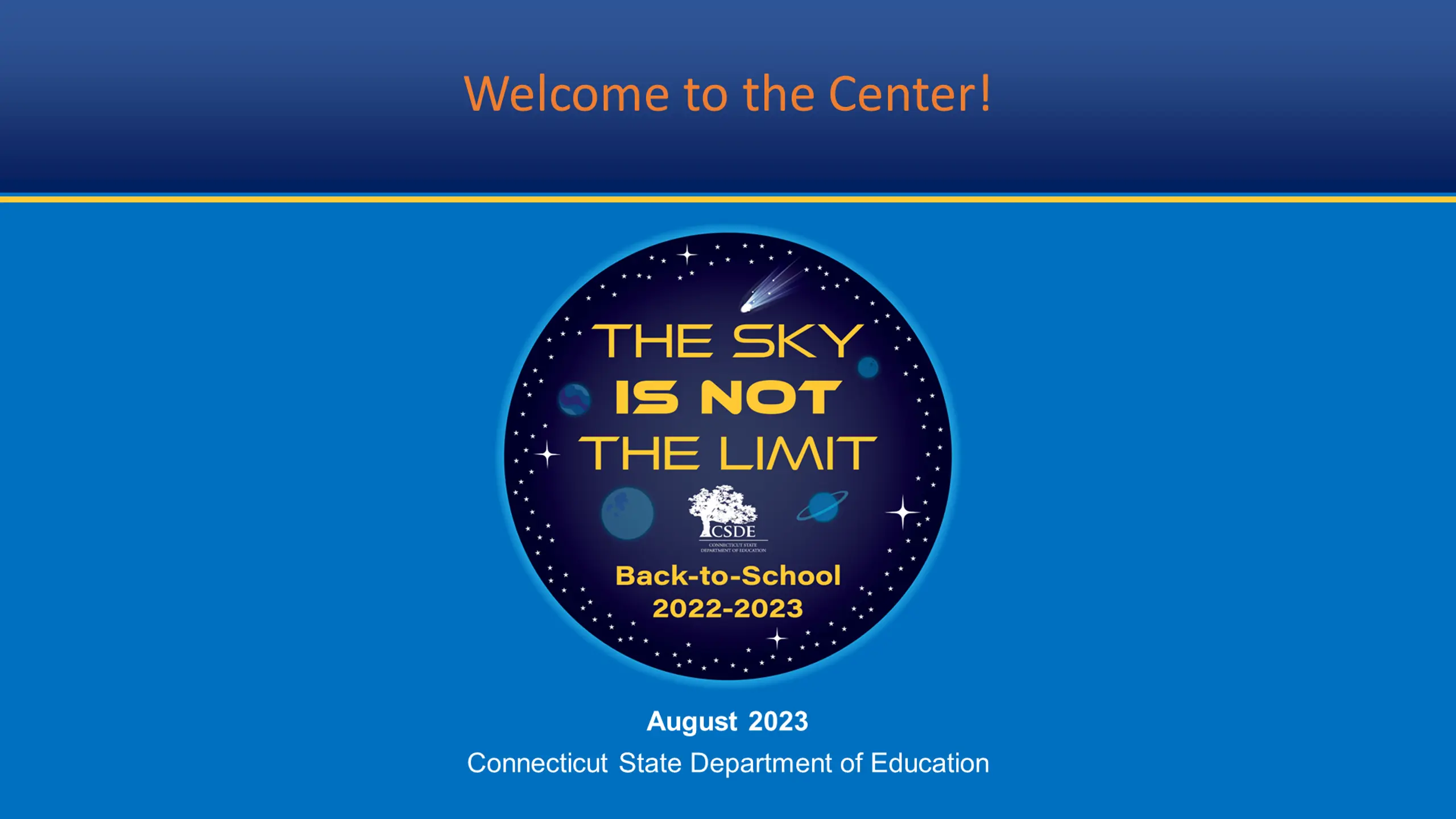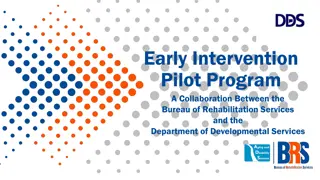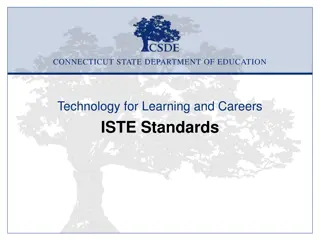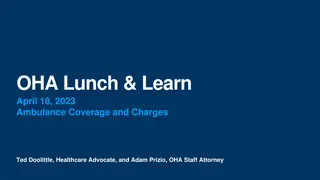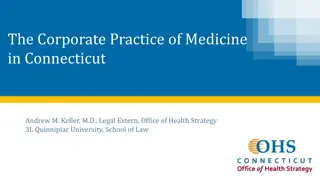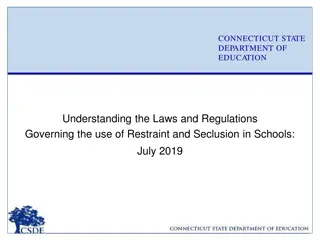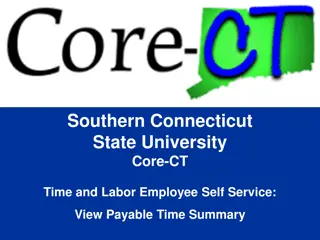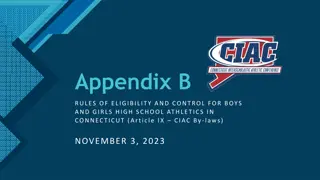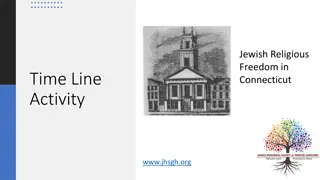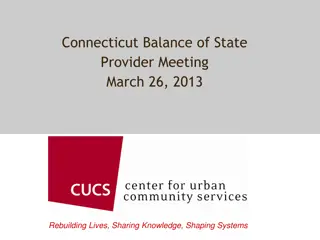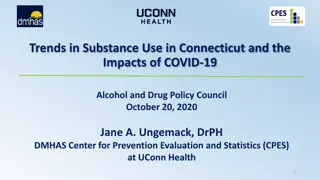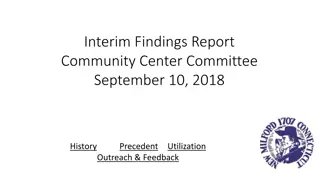Welcome to the Center! Connecticut State Department of Education
Join us in supporting the Right to Read Act and improving grade 3 achievement in Connecticut. Learn about our initiatives and resources for students, educators, families, and community members.
Download Presentation

Please find below an Image/Link to download the presentation.
The content on the website is provided AS IS for your information and personal use only. It may not be sold, licensed, or shared on other websites without obtaining consent from the author.If you encounter any issues during the download, it is possible that the publisher has removed the file from their server.
You are allowed to download the files provided on this website for personal or commercial use, subject to the condition that they are used lawfully. All files are the property of their respective owners.
The content on the website is provided AS IS for your information and personal use only. It may not be sold, licensed, or shared on other websites without obtaining consent from the author.
E N D
Presentation Transcript
Welcome to the Center! August 2023 Connecticut State Department of Education
Call to Action: Right to Read Act (P.A. 21-2) Right to Read Act (P.A. 21-2) Students who are not reading by the end of first grade are at significant risk for continued reading difficulties throughout school and beyond. The impact of low literacy is seen at many levels including absenteeism, school retention, special education, drop-outs, unemployment, and crime. Learning to read is not natural and students must be taught explicitly and systematically applying research-based components (Moats, 2020). Scientists estimate that reading is teachable to 95 percent of our students (Fletcher & Lyon, 1998). If schools and districts incorporate the science of reading into teaching and learning, then they will provide an essential foundation for each student to achieve early reading success (National Reading Panel, 2000).
Connecticut Grade 3 Achievement Prior to the pandemic, only around 54% of Connecticut public school students in Grade 3 were proficient in English language arts (ELA). Meaning, approximately 17,000 students in Connecticut public school districts were not proficient. After the pandemic, the proficiency rate declined to 47 percent. As a result, nearly 19,000 students now are not proficient in ELA in Grade 3.
Connecticut Grade 3 Achievement Of these 19,000 students who are not proficient in Grade 3: oOver 11,600 students are in our 36 Alliance Districts of whom 5,000 are students with disabilities or English learners, while the remaining 6,600 are identified as neither. oAround 7,200 students are in non-Alliance districts of whom over 2,700 are students with disabilities or English learners, while the remaining 4,500 are identified as neither. Thousands of students in Grade 3, regardless of disability or English language proficiency or district, annually do not achieve minimal proficiency in ELA. This pattern existed prior to the pandemic and has been exacerbated by the pandemic.
The Connecticut State Department of Education (CSDE) Legislation drives the work of the CSDE and the Center. The Right to Read legislation charged the CSDE with establishing the Center for Literacy Research and Reading Success. After being codified, legislation can be found at the General Statutes of Connecticut Titles website. Prior to going here, legislation is found in bills and public acts. The newest public act and bill that ties to the Center are AN ACT CONCERNING TRANSPARENCY IN EDUCATION. And C G A - Connecticut General Assembly.
The Centers Why, How, and What Why: Every Connecticut student has the right to read at or above grade level independently and proficiently by the end of third grade. How: By leading through change and bridging research to support Connecticut educators, families, policy leaders, and community members in increasing effectiveness of literacy teaching and learning. What: Build comprehensive local and regional literacy educational systems based on culturally-responsive, evidence-based literacy teaching and learning practices, strategies, and structures.
Summary of the Legislative Mandates of the Center: Green check accomplished, Yellow check developing Establish a Center for Literacy Research and Reading Success under the direction of a director who shall, in consultation with the Reading Leadership Implementation Council be responsive for overseeing all activities of the center (Sec. 10-14gg) Develop an Intensive Reading Intervention Strategy (Sec. 10-14u) Review and Approve Reading Curriculum Models or Programs (Sec. 10-14ii) Receive & publicly report Connecticut s PK-3 Core Comprehensive Reading Curricula/Programs implemented by district (Sec. 10-14gg) Universal K-3 Reading Assessments and provide guidance (Sec. 10-14t) Conduct independent, random reviews of district implementation of approved Reading Curricula/Programs and Universal K-3 Reading Assessments (Sec. 10-14gg) Provide support to districts (e.g., coaching, leadership training, professional development, family engagement, technical assistance) and oversee an intensive reading instruction program & provide K-3 supports upon request/within appropriations to Alliance Districts (Sec. 10-14u, 10-14y, 10- 14gg) Serve as collaborative center for institutions of higher education (Sec. 10-14gg) Engage external literacy coaches to provide professional learning, support intensive reading instruction program, and participate in family engagement activities (Sec. 10-14u, 10-14y) Make available to faculty of teacher prep the science of reading, intensive reading instruction program, and Connecticut s PK-3 Core Comprehensive Reading Curricula and/or Programs (Sec. 10-14gg) Develop & implement a state-wide reading plan for K-3 students (Sec. 10-14v) Review and publicly report progress made by teacher prep programs to include Connecticut s PreK to Grade Three CONNECTICUT STATE DEPARTMENT OF EDUCATION Core Comprehensive Reading Curricula and/or Programs (Sec. 10-14gg) PAGE 7
CSDE Professional Learning for Educators Current Supports for Districts Connecticut s Literacy Model Strategy Partners: University of Connecticut, Hill for Literacy, and Literacy How Audience: Alliance Districts and Opportunity Districts Purpose: Build district and school culturally responsive, scientifically-based, evidence-based literacy structures and practices ReadConn Partner: Public Consulting Group (PCG) Audience: School-based Teams (e.g., literacy leaders, teachers, administrators) Purpose: Increase teachers expertise in identifying and providing instruction in the necessary foundational reading skills, spotting student skills gaps, and monitoring students' progress to create a solid foundation in early literacy skills Science of Reading Masterclass Partner: Connecticut Association of Public School Superintendents Audience: District-based Teams (e.g., superintendent, district literacy lead, administrators, teacher leaders) Purpose: Develop local capacity for science of reading and components of comprehensive K-3 literacy instruction
ARPA Right to Read ARPA Right to Read Grant To assist Connecticut local and regional boards of education in addressing educational disparities and increasing their investment in scientifically based, evidence-based literacy teaching and learning. The ARPA resources were proportionally distributed among local and regional boards of education based on their individual weighted student enrollment in Grades K-3 in the October 2022 collection. The weighting of student enrollment is based on socioeconomic status (i.e., a weight of 2 for students eligible for free meals, a weight of 1.3 for student eligible for reduced-price meals, and a weight of 1 for students not eligible for free- or reduced-price meals May be used to purchase: Connecticut approved, evidence-based, scientifically based Kindergarten to grade three (Grades K-3) universal screening reading assessments, Grades K-3 Reading curriculum models and programs, and associated professional learning provided by the vendors of the approved assessments, curriculum models and programs professional learning and in-service training aligned to Connecticut approved Grades K-3 universal screening reading assessments and reading curriculum models and programs; and purchase technology-related supplies, supplies, and books (e.g., Connecticut approved Grades K-3 universal screening reading assessments and Grades K-3 reading curriculum models or programs).
ARP ESSER Small Town Grant ARP ESSER Small Town Grant To assist Connecticut local and regional boards of education with total enrollment of under 1000 students in addressing educational disparities and increasing their investment in Grades K-3 scientifically based, evidence-based literacy teaching and learning. When calculating this grant, the CSDE proportionally distributed $4,539,000 ARP ESSER Small Town funds to small towns utilizing the weighted Grades K-3 student enrollment from the ARPA Right to Read grant calculations. May use to support: Connecticut approved, evidence-based, scientifically based Kindergarten to grade three (Grades K-3) universal screening reading assessments, Grades K-3 Reading curriculum models and programs, and associated professional learning provided by the vendors of the approved assessments, curriculum models and programs; professional learning and in-service training aligned to Connecticut approved Grades K-3 universal screening reading assessments and reading curriculum models and programs; and purchase technology-related supplies, supplies, and books (e.g., Connecticut approved Grades K-3 universal screening reading assessments and Grades K-3 reading curriculum models or programs). substitute teacher fees associated with staff attending professional learning provided by the vendors of the approved assessments, curriculum models, and programs; and positions, substitute teacher coverage, or stipends regarding the implementation of the Grades K-3 universal screening reading assessments, Grades K-3 Reading curriculum models and programs.
Websites Center for Literacy Research and Reading Success (ct.gov) EdSight Home Page (ct.gov)
